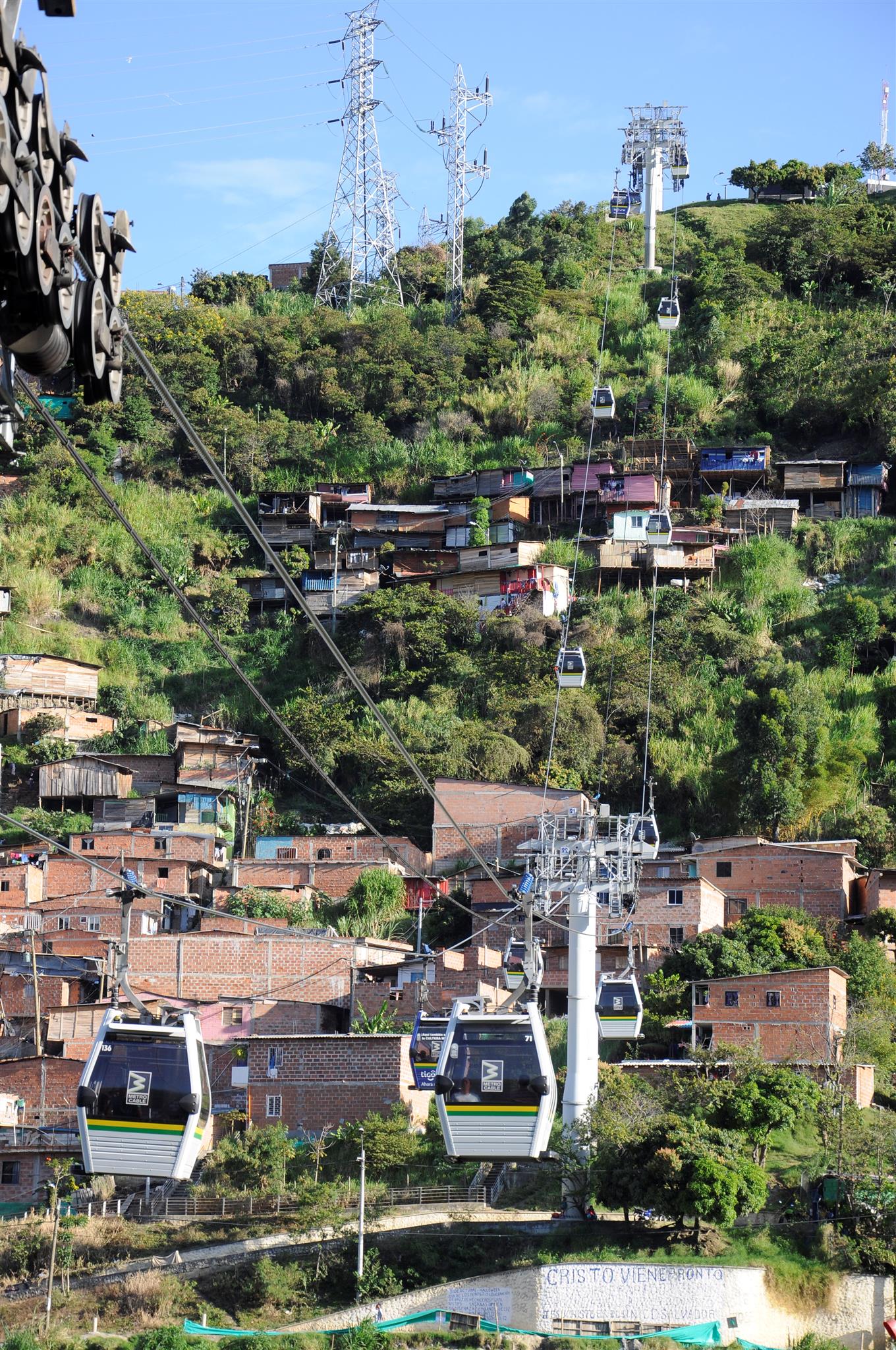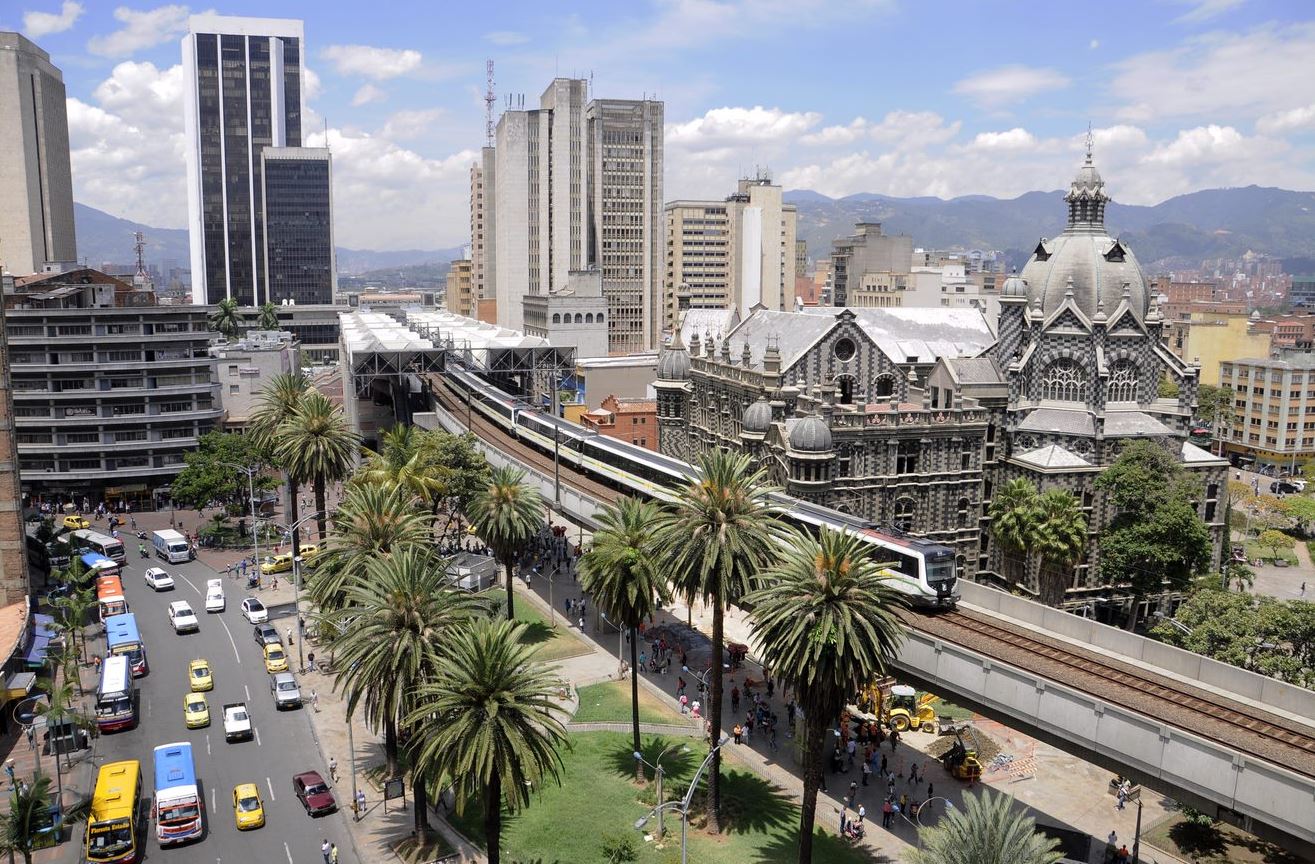Medellín, the City's Revival

Journey to Medellín, the city where sustainable development rhymes with new social order.
Formerly known as the most violent spot in the world, Colombia’s second largest city seeks to invent a positive narrative. It promotes social innovation and resilience programs. The idea? Re-connecting with its community, empowering its citizen. Meet with Sergio Escobar, who has worked for the promotion and sustainable development of the city, as the director of the ACI, the International Cooperation and Investment Agency of Medellín.
INTERVIEW
Sustainability MAG: Medellín underwent considerable changes over the last decade. What is your ambition for the city today?
Sergio Escobar: Our final goal is to give Medellín a road map for its future. Today, after so many negative articles in the international press, Medellín has become a benchmark for resilience, innovation and progress. This is the result of a teamwork between three sectors: the academy, enterprises and the local government. They developed together measures to make Medellin a friendly and viable city. The key is not to work in silos, as the state alone could not have done it. Now, the current administration is working hard to recover and reform the center of the city. The current administration wants to make it more friendly for the pedestrian, for the visitors, greener and with an agile mobility. Also the public sector wants the private sector to do its part. If the center becomes a secure place; it can become another pole of development of the city.

Medellín is famous for its urban cable cars connecting its lower-income neighborhoods to the city centre. A development where mobility acts as a strong social inclusion driver.
Medellín is famous for its innovative mobility planning, what’s the next step?
Indeed, Medellín won in 2013 the title of most innovative city! The international community valued, among other things, our mobility plan such as the metro-cable (cable railway), which is traditionally a means of conveying people to the mountain. Our public transport politic must be environmentally friendly and an affordable mass transport generating a good quality of life. We have now five modes of multimodal transport: metro, cable railway, free public bikes, buses and a tram. Our administration wants to develop other plans: a new cable railway and a train to reach districts that have not been yet connected by public transport to generate a new dynamic and new touristic places.
Mobility remains then a strong focus…
Yes, last year we had a pick of pollution. For the first time in the history of the city, we did not see the sun or the sky for five days due to the pollution. It was a shock. We had to take radical measures in agreement with citizens and businesses.
What is the key element that is missing today to really embark the whole country on the sustainability journey?
The challenge we face and the turning point is to educate people, without education we can’t even dream of a sustainable future. The administration's priority is to allocate an important budget for education.


